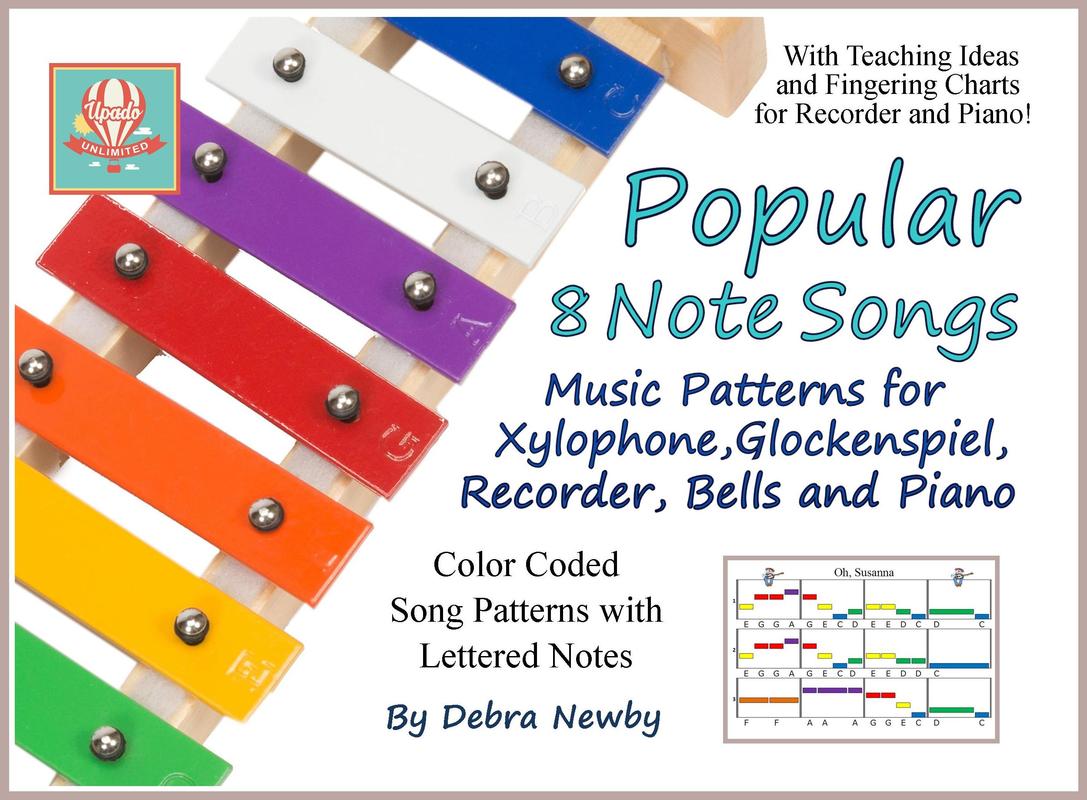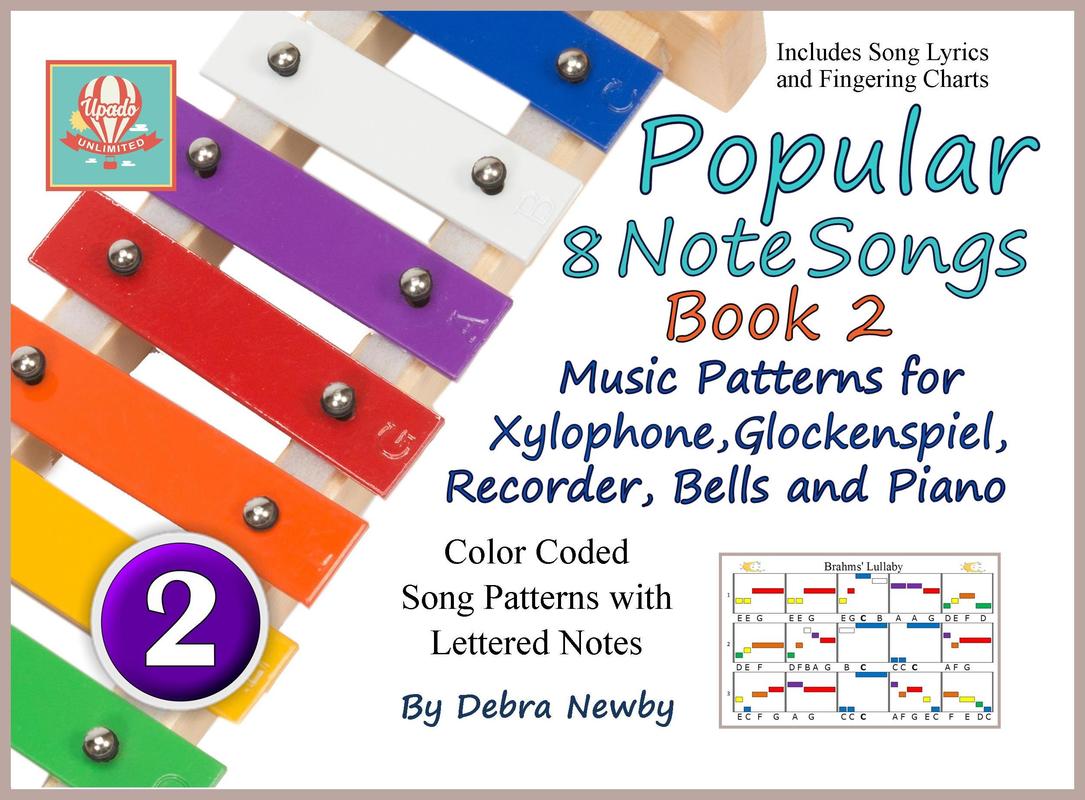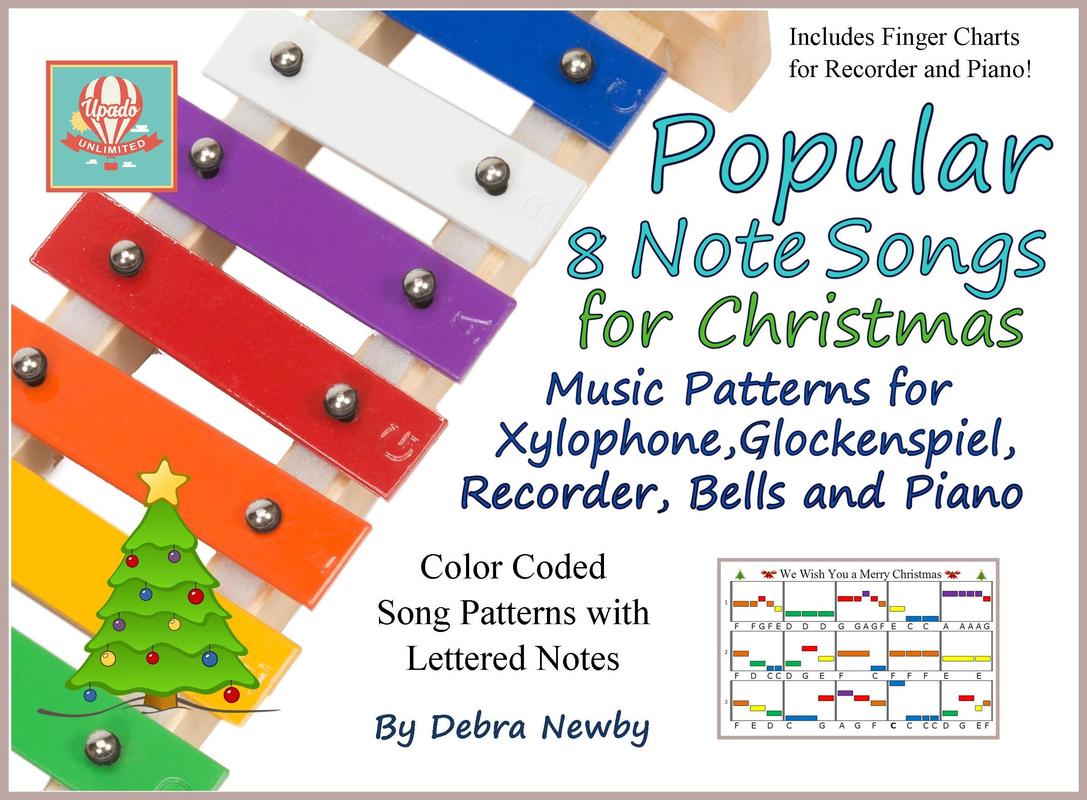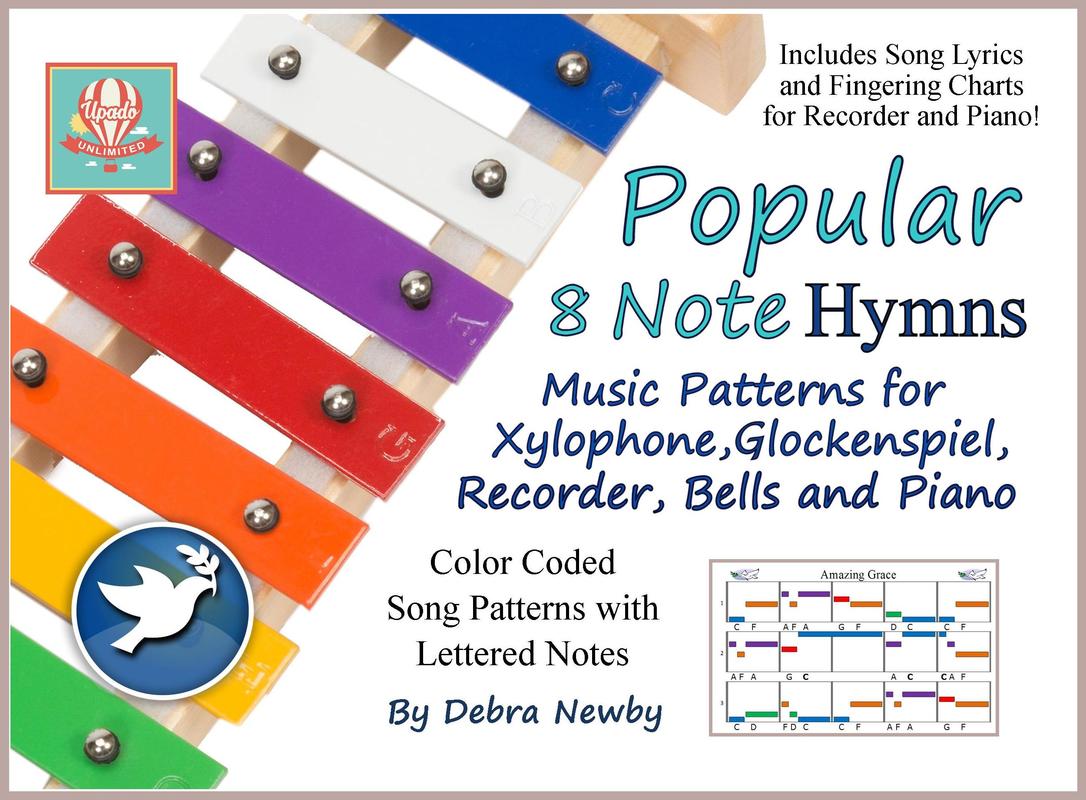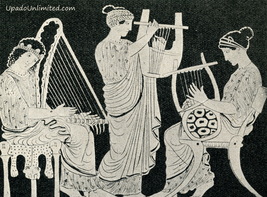
College entrance exams like the SAT and ACT test math and language skills. Interestingly, the College Entrance Examination Board found that students involved in music programs scored 107 points higher on the SAT tests than students who did not participate. Perhaps we should borrow the idea from the ancient Greeks that a music class is a math class.
How are music and math connected?
- Counting and Arithmetic: Children around the world learn to count by singing and playing rhythm games that involve jumping in time with the beat of the song. Songs like “One, Two buckle my Shoe” introduce counting and rhyming to young children. Some songs that are silly and fun to sing like, “Ten Little Monkeys Jumping on the Bed” are great for introducing a small child to subtraction.
- Patterns: When a non-musician looks at a piece of music, he sees a bunch of symbols that have no meaning. But after some training, this same individual understands that the symbols are put together in repeating patterns that form the basis of a song. After understanding the symbols and patterns, he finds he can play a melody.
- Fractions: Each piece of music is divided into measures or bars which represents repeating segments of music. Each section is divided still further into smaller pieces called beats. These are all mathematical divisions of time. Notes are divided into fractions as well. In a song with a 4/4 time signature, whole note takes up the whole four beats of a measure. A half notes takes up half that amount or only two beats. A quarter note is played for one fourth of the measure, and we count it for one beat.
- Proportions and Ratios: Pythagoras is a familiar person to high school students taking algebra and geometry because they use his formula, the Pythagorean Theorem, in their

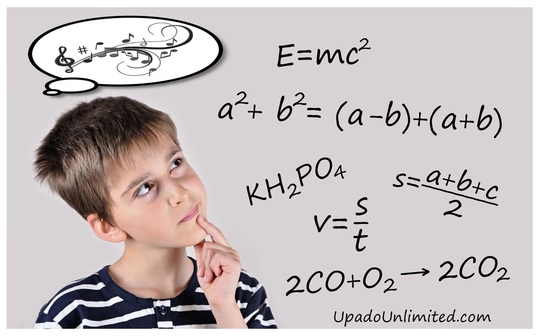
 RSS Feed
RSS Feed
